HSBC 2006 Annual Report Download - page 86
Download and view the complete annual report
Please find page 86 of the 2006 HSBC annual report below. You can navigate through the pages in the report by either clicking on the pages listed below, or by using the keyword search tool below to find specific information within the annual report.-
 1
1 -
 2
2 -
 3
3 -
 4
4 -
 5
5 -
 6
6 -
 7
7 -
 8
8 -
 9
9 -
 10
10 -
 11
11 -
 12
12 -
 13
13 -
 14
14 -
 15
15 -
 16
16 -
 17
17 -
 18
18 -
 19
19 -
 20
20 -
 21
21 -
 22
22 -
 23
23 -
 24
24 -
 25
25 -
 26
26 -
 27
27 -
 28
28 -
 29
29 -
 30
30 -
 31
31 -
 32
32 -
 33
33 -
 34
34 -
 35
35 -
 36
36 -
 37
37 -
 38
38 -
 39
39 -
 40
40 -
 41
41 -
 42
42 -
 43
43 -
 44
44 -
 45
45 -
 46
46 -
 47
47 -
 48
48 -
 49
49 -
 50
50 -
 51
51 -
 52
52 -
 53
53 -
 54
54 -
 55
55 -
 56
56 -
 57
57 -
 58
58 -
 59
59 -
 60
60 -
 61
61 -
 62
62 -
 63
63 -
 64
64 -
 65
65 -
 66
66 -
 67
67 -
 68
68 -
 69
69 -
 70
70 -
 71
71 -
 72
72 -
 73
73 -
 74
74 -
 75
75 -
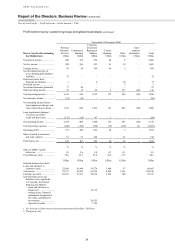 76
76 -
 77
77 -
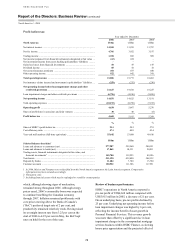 78
78 -
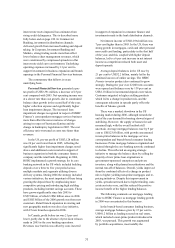 79
79 -
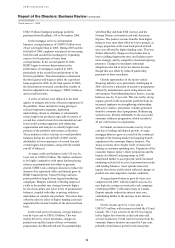 80
80 -
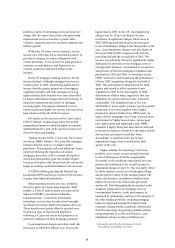 81
81 -
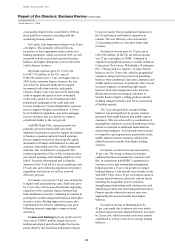 82
82 -
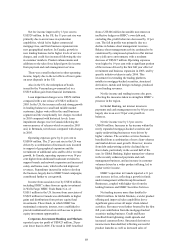 83
83 -
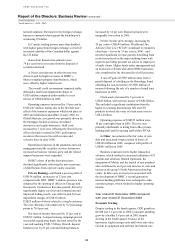 84
84 -
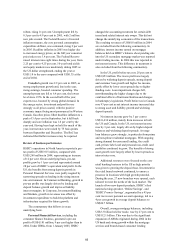 85
85 -
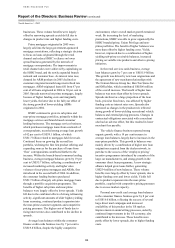 86
86 -
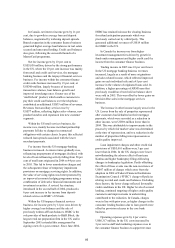 87
87 -
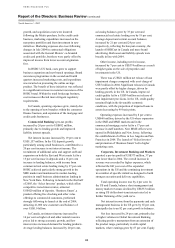 88
88 -
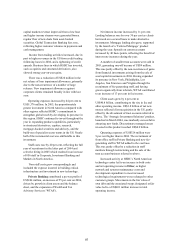 89
89 -
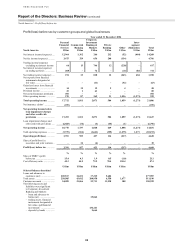 90
90 -
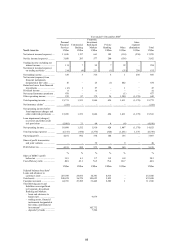 91
91 -
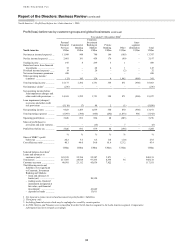 92
92 -
 93
93 -
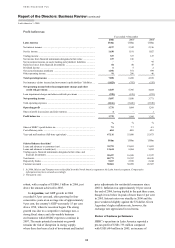 94
94 -
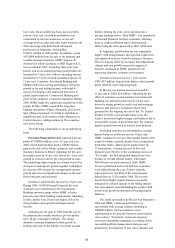 95
95 -
 96
96 -
 97
97 -
 98
98 -
 99
99 -
 100
100 -
 101
101 -
 102
102 -
 103
103 -
 104
104 -
 105
105 -
 106
106 -
 107
107 -
 108
108 -
 109
109 -
 110
110 -
 111
111 -
 112
112 -
 113
113 -
 114
114 -
 115
115 -
 116
116 -
 117
117 -
 118
118 -
 119
119 -
 120
120 -
 121
121 -
 122
122 -
 123
123 -
 124
124 -
 125
125 -
 126
126 -
 127
127 -
 128
128 -
 129
129 -
 130
130 -
 131
131 -
 132
132 -
 133
133 -
 134
134 -
 135
135 -
 136
136 -
 137
137 -
 138
138 -
 139
139 -
 140
140 -
 141
141 -
 142
142 -
 143
143 -
 144
144 -
 145
145 -
 146
146 -
 147
147 -
 148
148 -
 149
149 -
 150
150 -
 151
151 -
 152
152 -
 153
153 -
 154
154 -
 155
155 -
 156
156 -
 157
157 -
 158
158 -
 159
159 -
 160
160 -
 161
161 -
 162
162 -
 163
163 -
 164
164 -
 165
165 -
 166
166 -
 167
167 -
 168
168 -
 169
169 -
 170
170 -
 171
171 -
 172
172 -
 173
173 -
 174
174 -
 175
175 -
 176
176 -
 177
177 -
 178
178 -
 179
179 -
 180
180 -
 181
181 -
 182
182 -
 183
183 -
 184
184 -
 185
185 -
 186
186 -
 187
187 -
 188
188 -
 189
189 -
 190
190 -
 191
191 -
 192
192 -
 193
193 -
 194
194 -
 195
195 -
 196
196 -
 197
197 -
 198
198 -
 199
199 -
 200
200 -
 201
201 -
 202
202 -
 203
203 -
 204
204 -
 205
205 -
 206
206 -
 207
207 -
 208
208 -
 209
209 -
 210
210 -
 211
211 -
 212
212 -
 213
213 -
 214
214 -
 215
215 -
 216
216 -
 217
217 -
 218
218 -
 219
219 -
 220
220 -
 221
221 -
 222
222 -
 223
223 -
 224
224 -
 225
225 -
 226
226 -
 227
227 -
 228
228 -
 229
229 -
 230
230 -
 231
231 -
 232
232 -
 233
233 -
 234
234 -
 235
235 -
 236
236 -
 237
237 -
 238
238 -
 239
239 -
 240
240 -
 241
241 -
 242
242 -
 243
243 -
 244
244 -
 245
245 -
 246
246 -
 247
247 -
 248
248 -
 249
249 -
 250
250 -
 251
251 -
 252
252 -
 253
253 -
 254
254 -
 255
255 -
 256
256 -
 257
257 -
 258
258 -
 259
259 -
 260
260 -
 261
261 -
 262
262 -
 263
263 -
 264
264 -
 265
265 -
 266
266 -
 267
267 -
 268
268 -
 269
269 -
 270
270 -
 271
271 -
 272
272 -
 273
273 -
 274
274 -
 275
275 -
 276
276 -
 277
277 -
 278
278 -
 279
279 -
 280
280 -
 281
281 -
 282
282 -
 283
283 -
 284
284 -
 285
285 -
 286
286 -
 287
287 -
 288
288 -
 289
289 -
 290
290 -
 291
291 -
 292
292 -
 293
293 -
 294
294 -
 295
295 -
 296
296 -
 297
297 -
 298
298 -
 299
299 -
 300
300 -
 301
301 -
 302
302 -
 303
303 -
 304
304 -
 305
305 -
 306
306 -
 307
307 -
 308
308 -
 309
309 -
 310
310 -
 311
311 -
 312
312 -
 313
313 -
 314
314 -
 315
315 -
 316
316 -
 317
317 -
 318
318 -
 319
319 -
 320
320 -
 321
321 -
 322
322 -
 323
323 -
 324
324 -
 325
325 -
 326
326 -
 327
327 -
 328
328 -
 329
329 -
 330
330 -
 331
331 -
 332
332 -
 333
333 -
 334
334 -
 335
335 -
 336
336 -
 337
337 -
 338
338 -
 339
339 -
 340
340 -
 341
341 -
 342
342 -
 343
343 -
 344
344 -
 345
345 -
 346
346 -
 347
347 -
 348
348 -
 349
349 -
 350
350 -
 351
351 -
 352
352 -
 353
353 -
 354
354 -
 355
355 -
 356
356 -
 357
357 -
 358
358 -
 359
359 -
 360
360 -
 361
361 -
 362
362 -
 363
363 -
 364
364 -
 365
365 -
 366
366 -
 367
367 -
 368
368 -
 369
369 -
 370
370 -
 371
371 -
 372
372 -
 373
373 -
 374
374 -
 375
375 -
 376
376 -
 377
377 -
 378
378 -
 379
379 -
 380
380 -
 381
381 -
 382
382 -
 383
383 -
 384
384 -
 385
385 -
 386
386 -
 387
387 -
 388
388 -
 389
389 -
 390
390 -
 391
391 -
 392
392 -
 393
393 -
 394
394 -
 395
395 -
 396
396 -
 397
397 -
 398
398 -
 399
399 -
 400
400 -
 401
401 -
 402
402 -
 403
403 -
 404
404 -
 405
405 -
 406
406 -
 407
407 -
 408
408 -
 409
409 -
 410
410 -
 411
411 -
 412
412 -
 413
413 -
 414
414 -
 415
415 -
 416
416 -
 417
417 -
 418
418 -
 419
419 -
 420
420 -
 421
421 -
 422
422 -
 423
423 -
 424
424 -
 425
425 -
 426
426 -
 427
427 -
 428
428 -
 429
429 -
 430
430 -
 431
431 -
 432
432 -
 433
433 -
 434
434 -
 435
435 -
 436
436 -
 437
437 -
 438
438 -
 439
439 -
 440
440 -
 441
441 -
 442
442 -
 443
443 -
 444
444 -
 445
445 -
 446
446 -
 447
447 -
 448
448 -
 449
449 -
 450
450 -
 451
451 -
 452
452 -
 453
453 -
 454
454 -
 455
455 -
 456
456 -
 457
457 -
 458
458
 |
 |

HSBC HOLDINGS PLC
Report of the Directors: Business Review (continued)
North America > 2005
84
businesses. These volume benefits were largely
offset by narrowing spreads as yields fell due to
changes in product mix and higher funding costs.
Prime mortgages originated in 2005 were
largely sold into the large government-sponsored
mortgage associations, reflecting a strategic decision
to focus on loans originated through the retail
channel and reduce HSBC’s reliance on lower
spread business generated by the network of
mortgage correspondents. The improvements in
retail channel sales were achieved by capitalising on
the HSBC brand, and the newly expanded branch
network and customer base. As interest rates rose,
demand for ARM products in 2005 declined as
customers migrated towards longer-term fixed rate
mortgages. ARM-originated loans fell from 67 per
cent of all loans originated in 2004 to 30 per cent in
2005. Spreads narrowed on prime mortgages, largely
because of higher funding costs and marginally
lower yields, the latter due to the full year effect of
the strong growth of lower-yielding ARMs
originated in 2004.
HSBC continued to grow its sub-prime and
near-prime mortgage portfolios, primarily within the
mortgage services and branch-based consumer
lending businesses. The mortgage services business,
which purchases mortgage loans from a network of
correspondents, recorded strong average loan growth
of 42 per cent to US$39.1 billion, of which
US$1.7 billion related to mortgages held for resale.
Continued focus on growing the second lien
portfolio, widening the first lien product offering and
expanding sources for the purchase of loans from
‘flow’ correspondents contributed further to the
increase. Within the branch-based consumer lending
business, average mortgage balances grew by 19 per
cent to US$35.7 billion, reflecting a combination of
increased marketing activity and higher sales
volumes of near-prime mortgages and ARMs, first
introduced in the second half of 2004. In addition,
the consumer lending business purchased
US$1.7 billion of largely sub-prime mortgage loans
through a portfolio acquisition programme. The
benefits of higher sub-prime and near-prime
balances were largely offset by lower spreads. Yields
fell due to the combined effects of strong refinancing
activity, significant amounts of older higher-yielding
loans seasoning, continued product expansion into
the near-prime customer segments and competitive
pricing pressures. The higher cost of funds due to
rising interest rates also contributed to the decline in
spreads.
Average loan balances within the consumer
finance credit cards business rose by 7 per cent to
US$19.8 billion, despite the highly competitive
environment, where overall market growth remained
weak. By increasing the level of marketing
promotions, HSBC was able to grow organically the
HSBC branded prime, Union Privilege and non-
prime portfolios. The benefit of higher balances was
more than offset by higher funding costs. Yields,
however, improved due to a combination of higher-
yielding sub-prime receivable balances, increased
pricing on variable rate products and other re-pricing
initiatives.
In the retail services cards business, average
loan balances grew by 7 per cent to US$15.9 billion.
This growth was driven by new loan originations and
the agreement of new merchant relationships with
The Neiman Marcus Group Inc, Bon Ton Stores Inc
and OfficeMax, which contributed US$506 million
of the overall increase. The benefit of higher loan
balances was more than offset by lower spreads.
Spreads declined as a large proportion of the loan
book, priced at fixed rates, was affected by higher
funding costs as interest rates rose. Spreads also
narrowed as changes in the product mix reflected
strong growth of lower-yielding recreational vehicle
balances and external pricing pressures. Changes in
contractual obligations associated with a merchant
also had an adverse effect, but this resulted in lower
merchant fees payable.
The vehicle finance business reported strong
organic growth, with a 14 per cent increase in
average loan balances, largely due to increases in the
near-prime portfolio. This growth in balances was
mainly driven by a combination of higher new loan
originations acquired from the dealer network, in
part due to the success of the ‘employee pricing’
incentive programmes introduced by a number of the
large car manufacturers, and strong growth in the
consumer direct loan programme. A new strategic
alliance helped grow loans further, generating
US$234 million of new balances. These volume
benefits were largely offset by lower spreads, due to
higher funding costs and lower yields. Yields fell
due to product expansion into the near-prime
portfolio, coupled with competitive pricing pressures
due to excess market capacity.
Personal non-credit card average loan balances
in the consumer finance business grew by 8 per cent
to US$16.0 billion, reflecting the success of several
large direct mail campaigns and increased
availability of this product in the US market.
Improvements in underwriting processes, aided by
continued improvements in the US economy, also
contributed to the increase. These benefits were
partly offset by lower spreads, due to higher funding
costs.
